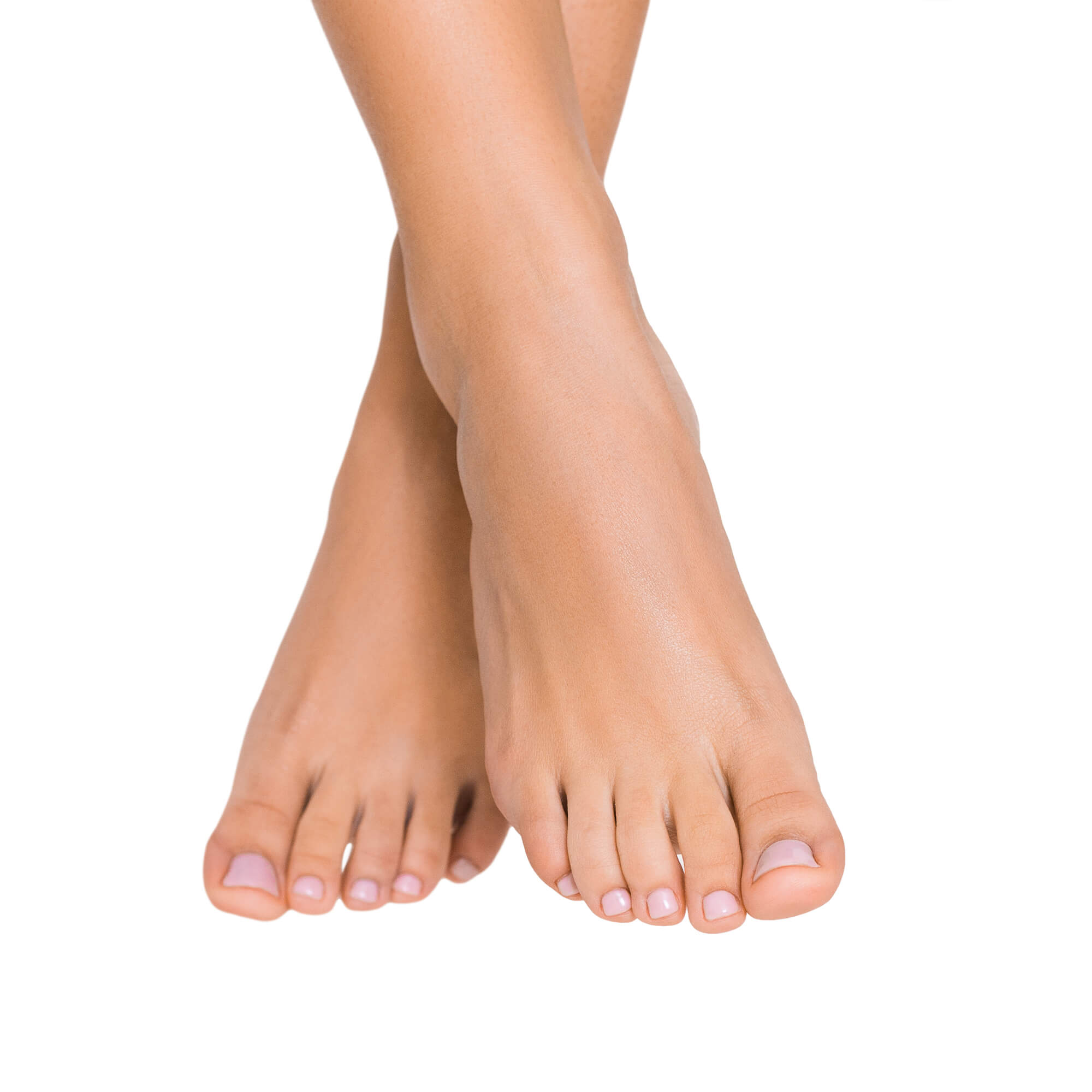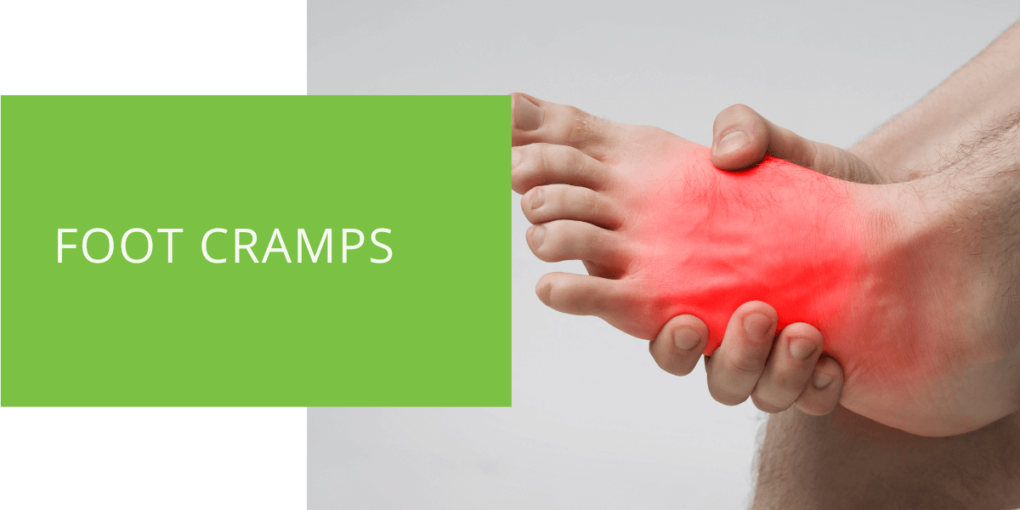Understanding Foot Cramps: Everything You Need to Know
Foot cramps, also known as muscle cramps, are a common ailment that can affect anyone at any age. These sudden and often painful spasms can occur in the foot, calf, or even the toes. Various factors, including dehydration, certain medical conditions, and muscle fatigue, can cause foot cramps. This article will explore everything you need to know about foot cramps, including their causes, symptoms, risk factors, and treatment options.
What are Foot Cramps?
A foot cramp is a sudden, involuntary contraction or spasm of the muscles in the foot. The cramp can last from a few seconds to several minutes and can be quite painful. Cramps can occur in any muscle but are most common in the legs and feet muscles.
Definition
A muscle cramp is a sudden, involuntary contraction or spasm of the muscles that can cause pain.

Causes
The exact cause of foot cramps is not well understood, but several factors have been identified as potential triggers. These include:
- Dehydration: When the body is dehydrated, it can lead to an imbalance of electrolytes, such as potassium and magnesium, which can cause muscle cramps.
- Certain medical conditions: Some medical conditions, such as nerve damage or certain medications, can lead to muscle cramps.
- Muscle fatigue: Strenuous exercise or overuse can cause muscle fatigue, leading to cramps.
- Age: As we age, our muscles become less flexible and more prone to cramping.
- Dehydration: The body needs enough water to function properly. If the body doesn’t get enough water, it can become dehydrated. Dehydration can lead to muscle cramps and other problems.

Symptoms of Foot Cramps
The most obvious symptom of a foot cramp is a sudden and painful contraction of the muscle. The muscle may feel hard and tight, and the person may be unable to move the affected limb. Other symptoms may include:
- Tenderness or soreness in the affected muscle
- A visible or palpable knot in the muscle
- Weakness or fatigue in the affected muscle
Risk Factors for Foot Cramps
Several risk factors can increase a person's likelihood of experiencing foot cramps. These include:
Age
As we age, our muscles become less flexible and more prone to cramping. This is because as we age, the muscles in our body lose mass and strength, making them more susceptible to cramping.
Dehydration
Dehydration occurs when the body doesn’t have enough water to function properly. When dehydrated, the body can become imbalanced in its electrolyte levels. Electrolytes, such as potassium and magnesium, play a crucial role in muscle function. If electrolyte levels become imbalanced, it can lead to muscle cramps.
Additionally, dehydration can cause the blood to become thicker, making it harder for oxygen and nutrients to reach the muscles. This can lead to muscle fatigue and cramping.
Certain Medical Conditions
Certain medical conditions can also increase the likelihood of experiencing foot cramps. These include:
- Nerve damage: Damage to the nerves that control the muscles can cause muscle cramps.
- Certain medications: Some medications, such as diuretics, can lead to dehydration and imbalanced electrolyte levels, which can cause muscle cramps.

Prevention and Treatment of Foot Cramps
Fortunately, several things can be done to help prevent and treat foot cramps. These include:
- Stretching and Exercise: Stretching the muscles before and after exercise can help to prevent cramping. Additionally, exercises that focus on strengthening the muscles in the feet and legs can help to prevent cramping.
- Proper Hydration: Staying hydrated is crucial in preventing cramps. Drinking enough water and consuming foods that are high in electrolytes can help to prevent cramps.
- Medications: Some medications, such as quinine, can help to prevent cramps. However, it is important to consult a doctor before taking any medications for cramps.
- Home Remedies: Some home remedies that can help to alleviate cramps include massaging the affected muscle, applying heat to the muscle, and taking a warm bath.
When to See a Doctor
In most cases, foot cramps can be treated at home. However, it is important to see a doctor if cramps become frequent or severe or if other symptoms accompany them. A podiatrist, or a doctor specializing in foot and ankle care, can help determine the underlying cause of the cramps and provide appropriate treatment.
Conclusion
Foot cramps can be frustrating and painful, but fortunately, several things can be done to help prevent and treat them. Stretching, exercise, proper hydration, and addressing any underlying medical conditions can all help to prevent cramps. If cramps become frequent or severe, it is important to see a doctor for proper diagnosis and treatment. Remember, staying hydrated and keeping electrolyte balance can help prevent muscle cramps. By following these tips, you can help to keep your feet cramp-free and feeling great.
FAQ
What Does Cramp Feel Like?
A cramp, also known as a muscle spasm, is a sudden, involuntary contraction of one or more muscles. A foot cramp can feel like a sharp, intense pain in the affected muscle. The muscle may feel hard or tight, making it difficult to move the affected limb. Cramps can last a few seconds to several minutes and can be quite painful. In some cases, cramps may recur multiple times before subsiding.
What Causes Cramps In Your Feet?
There are several possible causes of foot cramps, including:
- Overuse: Exercising or standing for long periods can cause the muscles in the feet and legs to become fatigued, leading to cramping.
- Dehydration and electrolyte imbalances: When the body is dehydrated, it can cause an imbalance in the levels of electrolytes, such as potassium and magnesium, which can lead to muscle cramping.
- Certain medical conditions: Medical conditions, such as nerve damage and certain medications, can increase the likelihood of experiencing foot cramps.
- Poor posture or arch support: If you have poor posture or insufficient arch support, this can put extra strain on the muscles in your feet, leading to cramping.
Why Do We Get Foot Cramps?
Foot cramps can occur for various reasons, including overuse, dehydration and electrolyte imbalances, certain medical conditions, and poor posture or arch support. Additionally, as we age, our muscles may not be as strong as they once were, making them more prone to cramping. In some cases, the cause of foot cramps may be a combination of these factors.
In most cases, foot cramps can be treated at home, but if cramps become frequent or severe or other symptoms accompany them, it is important to see a doctor. A podiatrist, or a doctor specializing in foot and ankle care, can help determine the underlying cause of the cramps and provide appropriate treatment.

